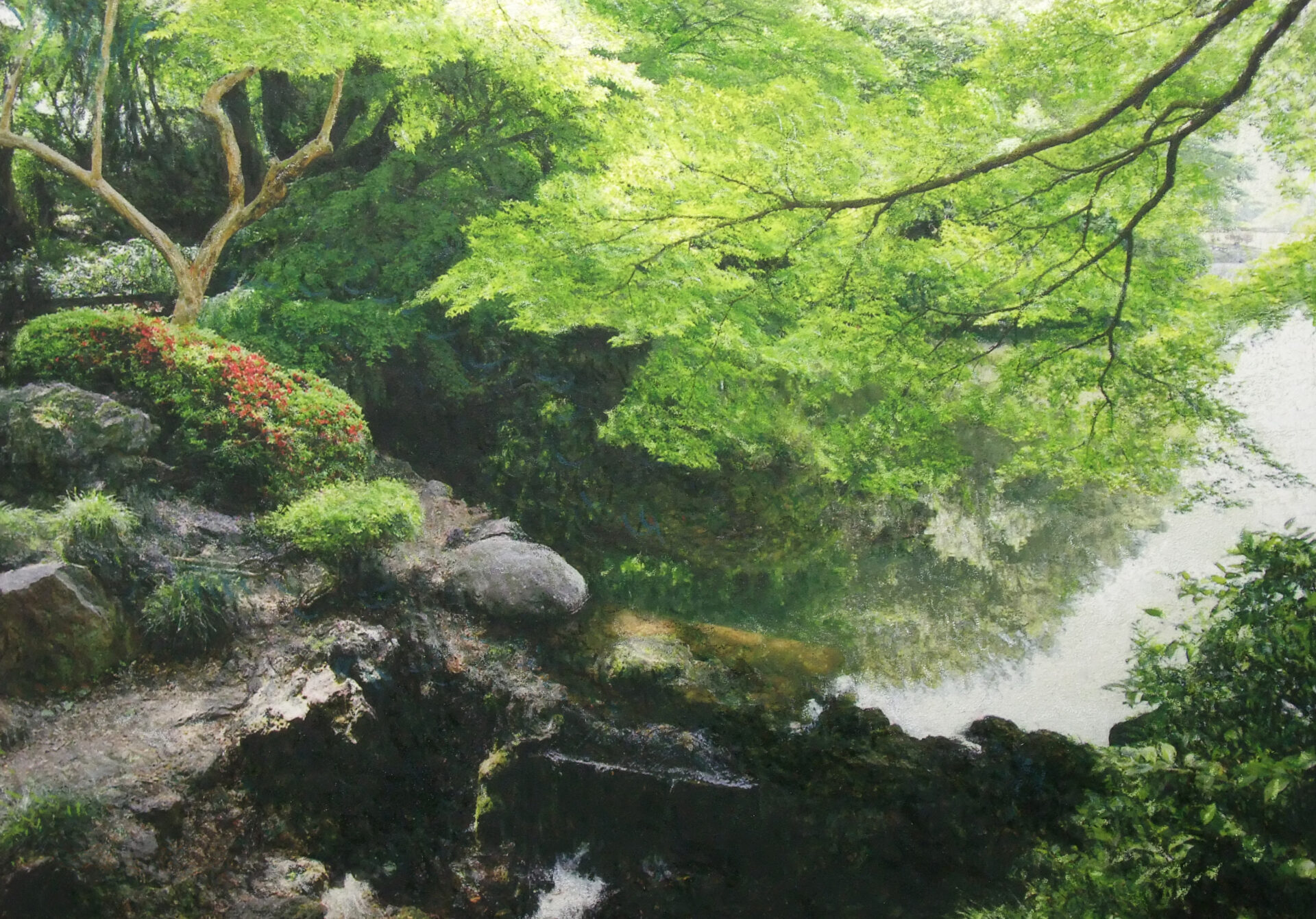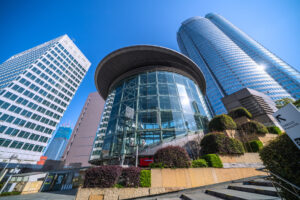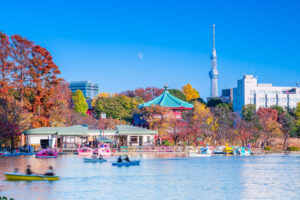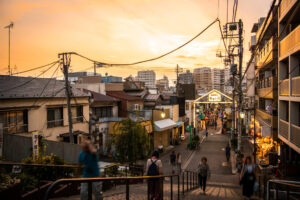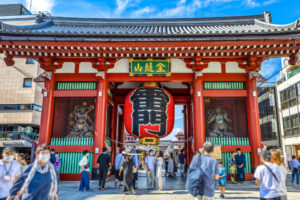Nestled in the vibrant heart of Shinjuku, one of Tokyo’s busiest districts, lies Shinjuku Gyoen, a serene and nature-filled retreat worth exploring. Overflowing with natural beauty, this garden allows visitors to immerse themselves in Japanese history and culture, enjoy seasonal blooms, and escape the urban chaos to spend peaceful moments in an ideal setting.
The History of Shinjuku Gyoen
Shinjuku Gyoen’s origins trace back to an estate from the Edo period, officially becoming an imperial garden in 1906. Opened to the public during the Meiji era, it now serves as an urban oasis captivating both locals and tourists alike. The garden showcases a fusion of French formal and English landscape gardening styles alongside traditional Japanese garden elements, standing as a monumental example of Meiji-era Western garden design in Japan. Shinjuku Gyoen represents a precious location where visitors can simultaneously experience the beauty of Japanese nature and history.
Gardens and Landscapes
Spanning 58.3 hectares and surrounded by a 3.5 km perimeter, Shinjuku Gyoen features beautifully arranged European-style landscape and formal gardens, as well as a traditional Japanese garden. Each garden offers a unique experience:
- Landscape Garden: Home to Shinjuku Gyoen’s iconic symbol, towering Eucalyptus trees over 30 meters high, this garden boasts sprawling lawns and stunning views, creating a relaxing atmosphere perfect for picnics or strolls.
- Formal Garden: Reflecting traditional European garden aesthetics, this well-ordered space features meticulously arranged flower beds and trees, delighting visitors with a variety of blooms that change with the seasons.
- Japanese Garden: A harmonious blend of stillness and traditional Japanese beauty, this garden is ideal for meditation, featuring ponds, streams, stone lanterns, and a dry landscape garden that embodies the essence of traditional Japanese garden design, offering a tranquil escape for all who visit.
Seasonal Highlights
Shinjuku Gyoen is a vibrant showcase of Japan’s four seasons. Spring heralds the bloom of cherry blossoms and azaleas, summer is lush with green foliage and flowers, autumn dazzles with colorful foliage, and winter quietly displays camellias and plum blossoms. Each season brings a different aspect of plant life, inviting visitors to experience the shifting beauty of nature within the park.
Special Events: The Chrysanthemum Exhibition
Annually, Shinjuku Gyoen hosts various events, with the Chrysanthemum Exhibition in November being a highlight. This event features a stunning display of diverse chrysanthemum varieties, enchanting visitors with the exquisite beauty of traditional Japanese floral art. Those visiting Japan in November should not miss this unique opportunity to experience Shinjuku Gyoen’s special offerings in the Japanese Garden.
Relax with Onigiri and Wagashi
After exploring, take a break at Rakuhotei “Akafuji Tea Room,” located within Shinjuku Gyoen. This charming dining spot reflects traditional Japanese aesthetics. Originally designed for tea ceremonies, the tea room now serves delicious onigiri and seasonal Japanese sweets, providing a perfect pause during your garden exploration.
Conclusion
Shinjuku Gyoen is a peaceful haven amidst Tokyo’s hustle, where visitors can enjoy the ever-changing beauty of the seasons within a historic garden setting. Offering a profound connection to Japanese nature and culture, spending a day at Shinjuku Gyoen allows one to appreciate its scenic beauty and historical significance deeply.
HP
Information
Address: 11 Naito-cho, Shinjuku-ku, Tokyo 160-0014
Telephone: 03-3341-1461
Fax: 03-3341-1528
Email: info-shinjuku@fng.or.jp
Access
https://fng.or.jp/shinjuku/access/

